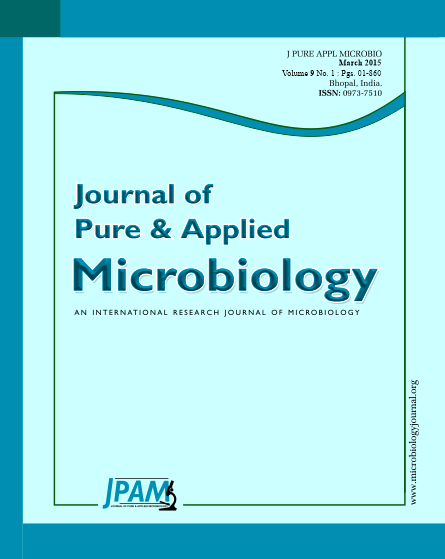Camptothecin (CPT) is alkaloid known to have medicinal as well as pesticidal properties. Mappia foetida is one of the important source of camptothecin. Therefore an investigation was undertaken with an objective to extract CPT from M. foetida and to evaluate CPT against plant pathogenic fungi and bacteria in pomegranate. High-performance liquid chromatography (HPLC) based analysis revealed the CPT content of roots of M. foetida was 0.18%. Extracted CPT was tested against the leaf spot, wilt and bacterial blight diseases causing pathogens in pomegranate. In vitro bioassays of CPT isolated from M. foetida showed effective control of fungal pathogens like Alternaria alternata, Colletotrichum gloeosporioides and Fusarium oxysporum. Half maximal effective concentration (EC50) of CPT against mycelial growth of A. alternata was 250 µg/mL, while against C. gloeosporioides it was 500µg/mL CPT. Mycelial growth of F. oxysporum was effectively controlled upto 50 % with 250 µg/mL CPT. Bacterial blight caused by Xanthomonas axonopodis pv punicae could not be inhibited by CPT at the concentrations tested during in vitro assay.
Camptothecin, Bioassay Alternaria, Colletotrichum, Fusarium, Xanthomonas
© The Author(s) 2015. Open Access. This article is distributed under the terms of the Creative Commons Attribution 4.0 International License which permits unrestricted use, sharing, distribution, and reproduction in any medium, provided you give appropriate credit to the original author(s) and the source, provide a link to the Creative Commons license, and indicate if changes were made.


